 The New York Times has posted a draft copy of the U.S. Treasury bail out bill.
The New York Times has posted a draft copy of the U.S. Treasury bail out bill.
As a practical matter, this bill gives the U.S. Secretary of the Treasury – the former chairman of one of the Wall Street firms most instrumental in creating the current financial “problem” (or opportunity, depending on whose team you are on) – the power to spend or donate $700 billion in whatever manner he chooses and to pay whomever he wants as much as he wants on whatever terms and conditions he wants to help him do so and give them access to any information he wants. Those who help are free to use that information without liability for any responsibilities related to governmental access.
As a subtext, watch what happens as investment banks with losing derivatives portfolios merge with banks that have deposits covered by FDIC insurance. Small savers are funding a second bailout behind the scenes, confident they are protected by deposit insurance. Small investors too. On Friday, while the large players could execute trades to cover their short positions following the ban on short selling of financial stocks, small investors were frozen out of the system. The explanation was a backlog of trades from the day before.
We are republishing the language here in its entirety. I have boldfaced Section 8 as I want to make sure you seriously contemplate it’s meaning.
LEGISLATIVE PROPOSAL FOR TREASURY AUTHORITY
TO PURCHASE MORTGAGE-RELATED ASSETS
Section 1. Short Title.
This Act may be cited as ____________________.
Sec. 2. Purchases of Mortgage-Related Assets.
(a) Authority to Purchase.–The Secretary is authorized to purchase, and to make and fund commitments to purchase, on such terms and conditions as determined by the Secretary, mortgage-related assets from any financial institution having its headquarters in the United States.
(b) Necessary Actions.–The Secretary is authorized to take such actions as the Secretary deems necessary to carry out the authorities in this Act, including, without limitation:
(1) appointing such employees as may be required to carry out the authorities in this Act and defining their duties;
(2) entering into contracts, including contracts for services authorized by section 3109 of title 5, United States Code, without regard to any other provision of law regarding public contracts;
(3) designating financial institutions as financial agents of the Government, and they shall perform all such reasonable duties related to this Act as financial agents of the Government as may be required of them;
(4) establishing vehicles that are authorized, subject to supervision by the Secretary, to purchase mortgage-related assets and issue obligations; and
(5) issuing such regulations and other guidance as may be necessary or appropriate to define terms or carry out the authorities of this Act.
Sec. 3. Considerations.
In exercising the authorities granted in this Act, the Secretary shall take into consideration means for–
(1) providing stability or preventing disruption to the financial markets or banking system; and
(2) protecting the taxpayer.
Sec. 4. Reports to Congress.
Within three months of the first exercise of the authority granted in section 2(a), and semiannually thereafter, the Secretary shall report to the Committees on the Budget, Financial Services, and Ways and Means of the House of Representatives and the Committees on the Budget, Finance, and Banking, Housing, and Urban Affairs of the Senate with respect to the authorities exercised under this Act and the considerations required by section 3.
Sec. 5. Rights; Management; Sale of Mortgage-Related Assets.
(a) Exercise of Rights.–The Secretary may, at any time, exercise any rights received in connection with mortgage-related assets purchased under this Act.
(b) Management of Mortgage-Related Assets.–The Secretary shall have authority to manage mortgage-related assets purchased under this Act, including revenues and portfolio risks therefrom.
(c) Sale of Mortgage-Related Assets.–The Secretary may, at any time, upon terms and conditions and at prices determined by the Secretary, sell, or enter into securities loans, repurchase transactions or other financial transactions in regard to, any mortgage-related asset purchased under this Act.
(d) Application of Sunset to Mortgage-Related Assets.–The authority of the Secretary to hold any mortgage-related asset purchased under this Act before the termination date in section 9, or to purchase or fund the purchase of a mortgage-related asset under a commitment entered into before the termination date in section 9, is not subject to the provisions of section 9.
Sec. 6. Maximum Amount of Authorized Purchases.
The Secretary’s authority to purchase mortgage-related assets under this Act shall be limited to $700,000,000,000 outstanding at any one time
Sec. 7. Funding.
For the purpose of the authorities granted in this Act, and for the costs of administering those authorities, the Secretary may use the proceeds of the sale of any securities issued under chapter 31 of title 31, United States Code, and the purposes for which securities may be issued under chapter 31 of title 31, United States Code, are extended to include actions authorized by this Act, including the payment of administrative expenses. Any funds expended for actions authorized by this Act, including the payment of administrative expenses, shall be deemed appropriated at the time of such expenditure.
Sec. 8. Review.
Decisions by the Secretary pursuant to the authority of this Act are non-reviewable and committed to agency discretion, and may not be reviewed by any court of law or any administrative agency.
Sec. 9. Termination of Authority.
The authorities under this Act, with the exception of authorities granted in sections 2(b)(5), 5 and 7, shall terminate two years from the date of enactment of this Act.
Sec. 10. Increase in Statutory Limit on the Public Debt.
Subsection (b) of section 3101 of title 31, United States Code, is amended by striking out the dollar limitation contained in such subsection and inserting in lieu thereof $11,315,000,000,000.
Sec. 11. Credit Reform.
The costs of purchases of mortgage-related assets made under section 2(a) of this Act shall be determined as provided under the Federal Credit Reform Act of 1990, as applicable.
Sec. 12. Definitions.
For purposes of this section, the following definitions shall apply:
(1) Mortgage-Related Assets.–The term “mortgage-related assets” means residential or commercial mortgages and any securities, obligations, or other instruments that are based on or related to such mortgages, that in each case was originated or issued on or before September 17, 2008.
(2) Secretary.–The term “Secretary” means the Secretary of the Treasury.
(3) United States.–The term “United States” means the States, territories, and possessions of the United States and the District of Columbia.



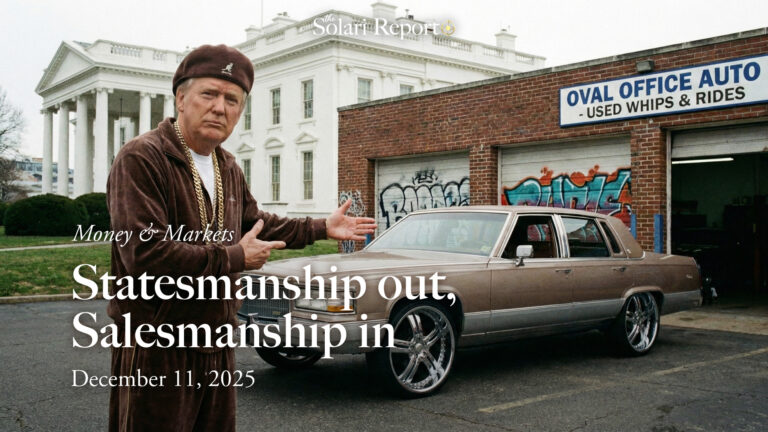
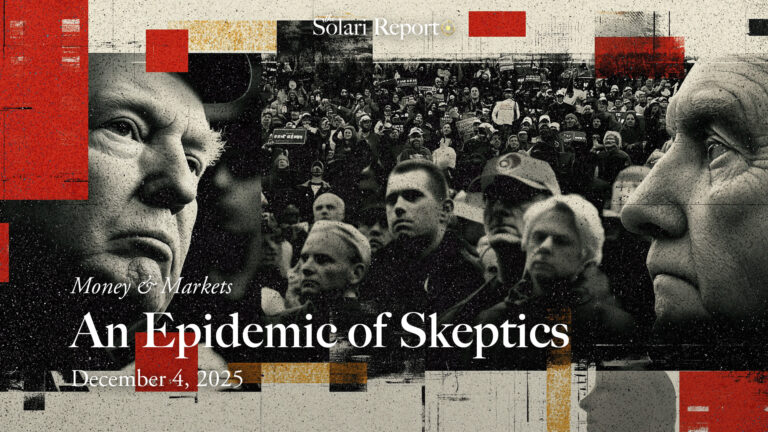


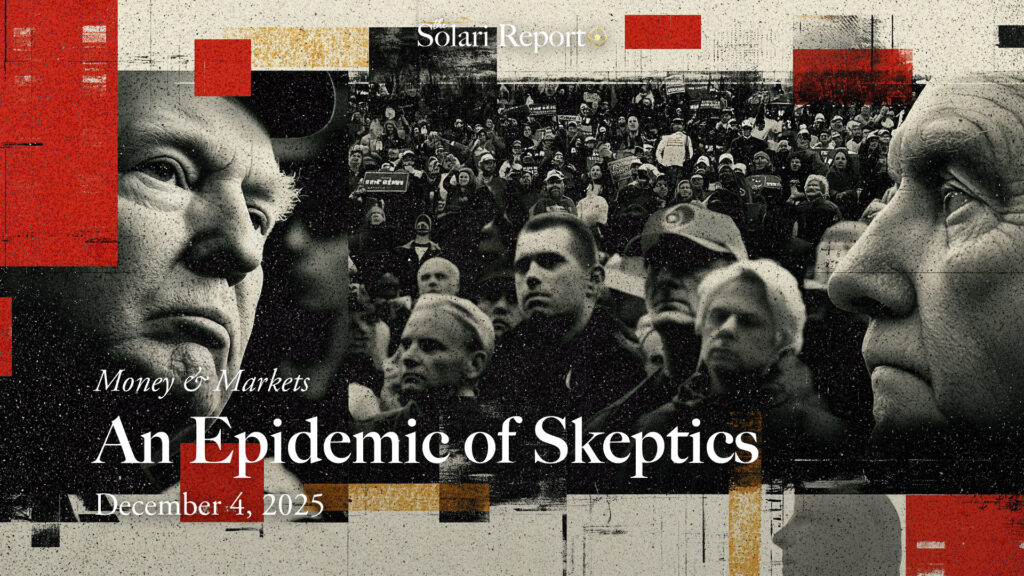
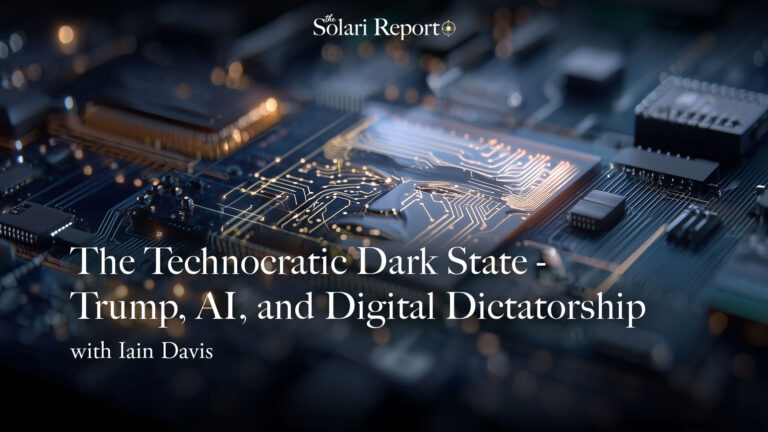


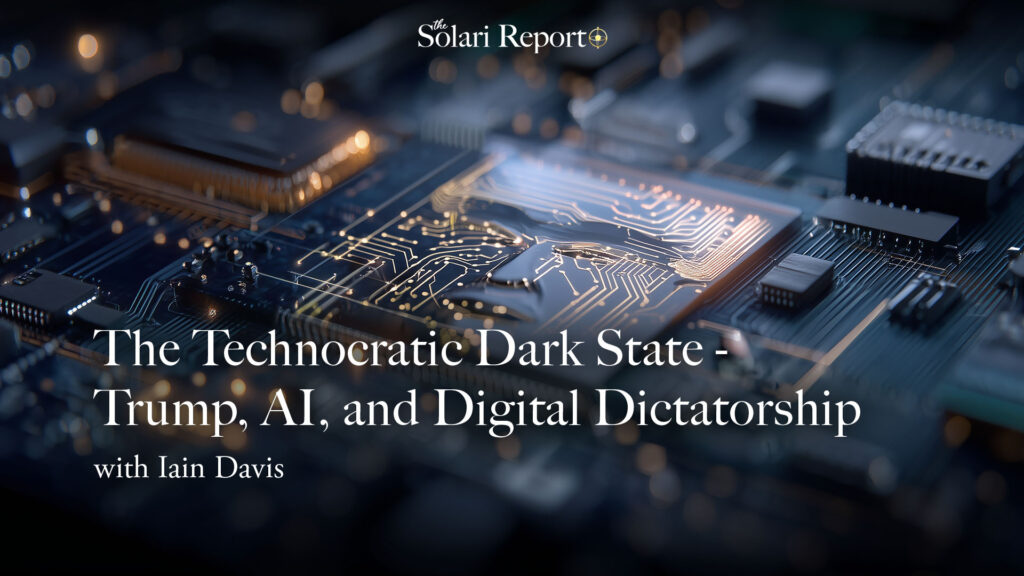




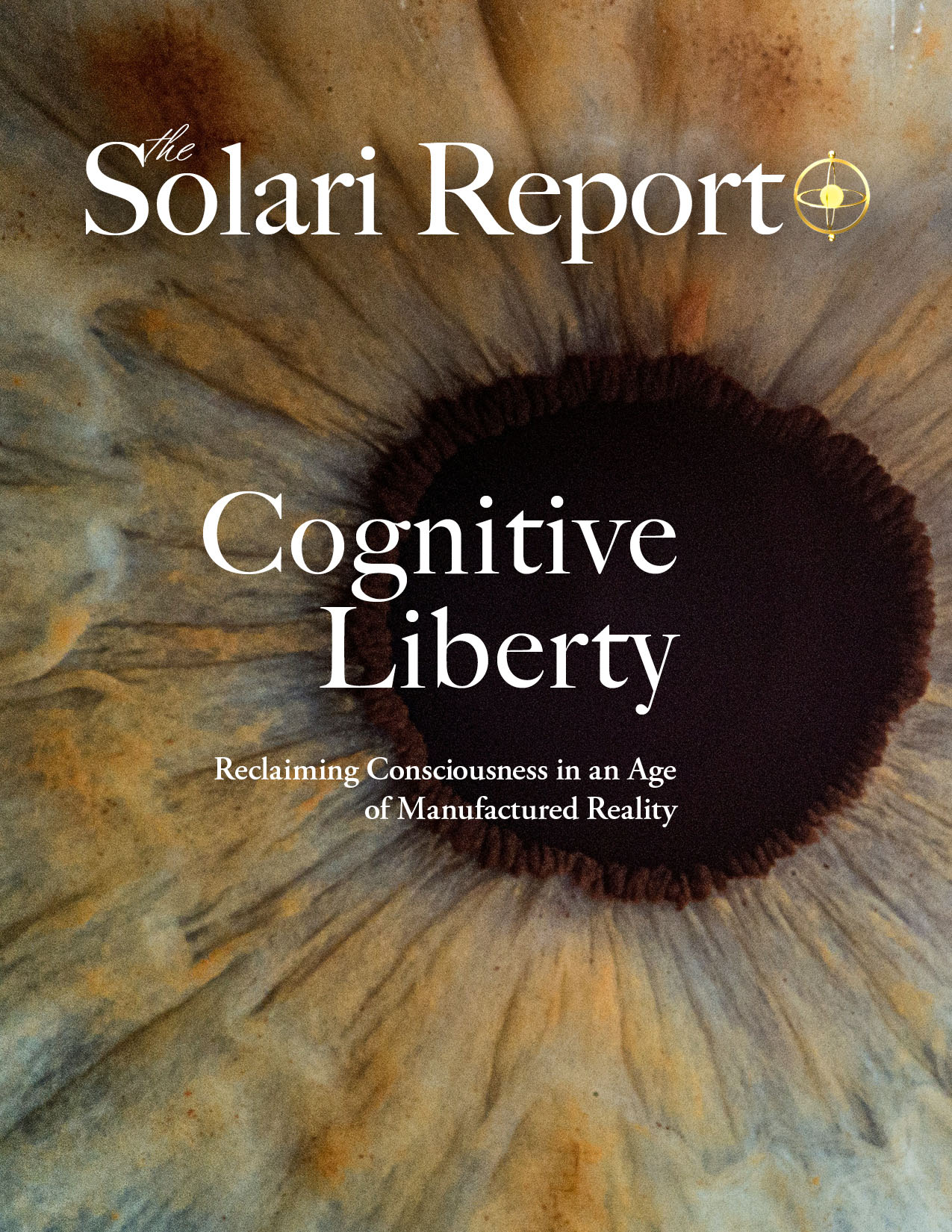


















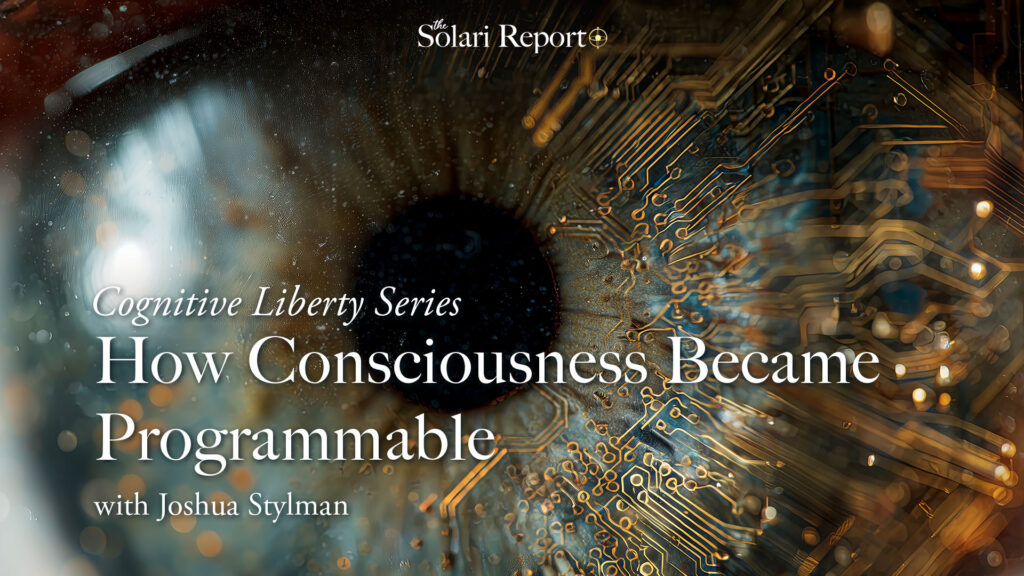
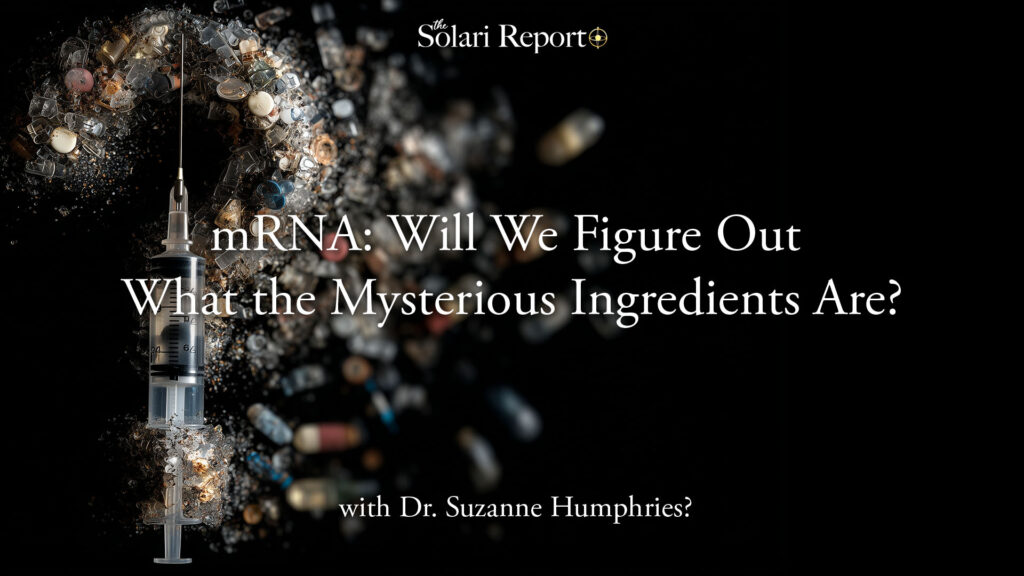


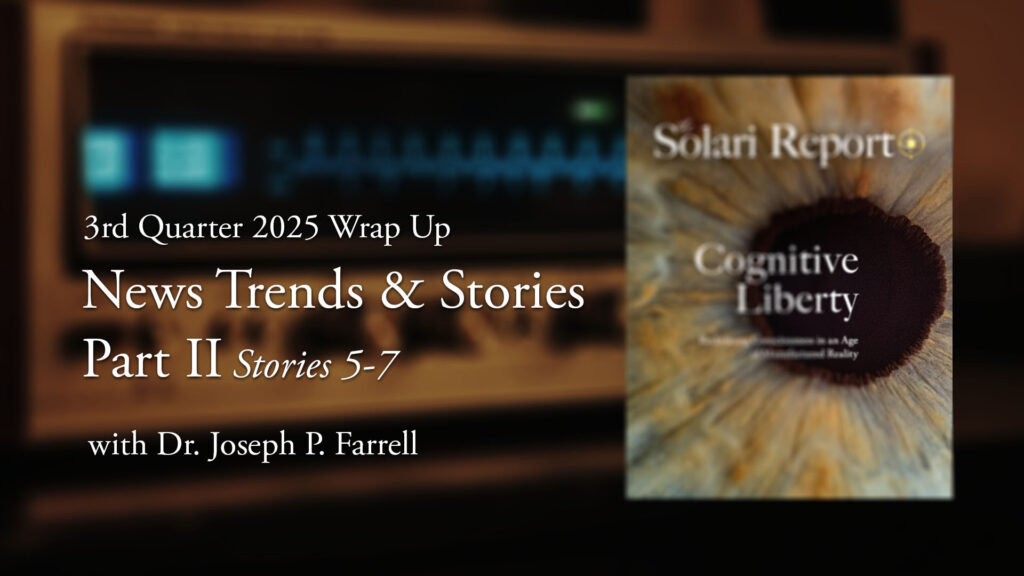
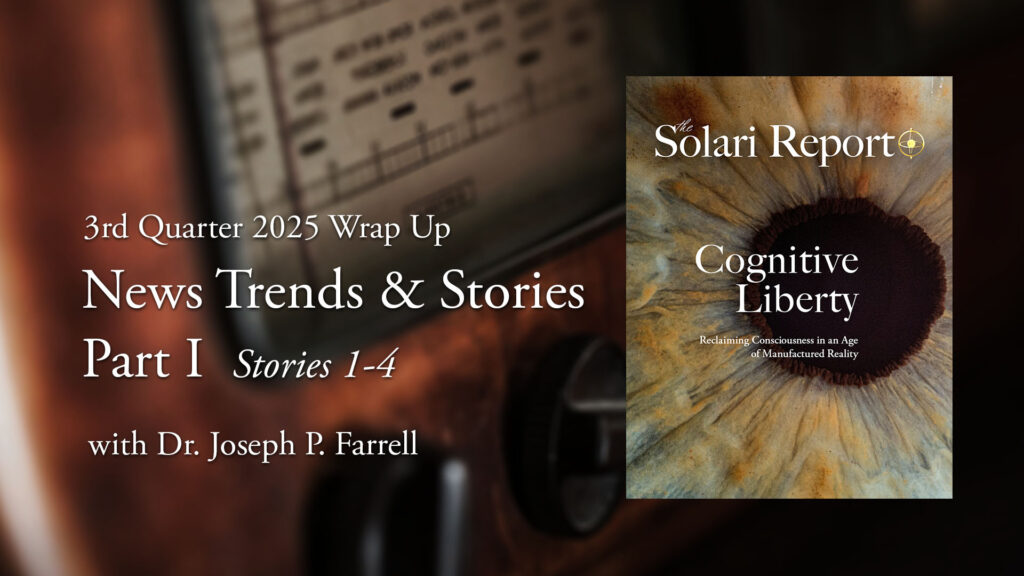


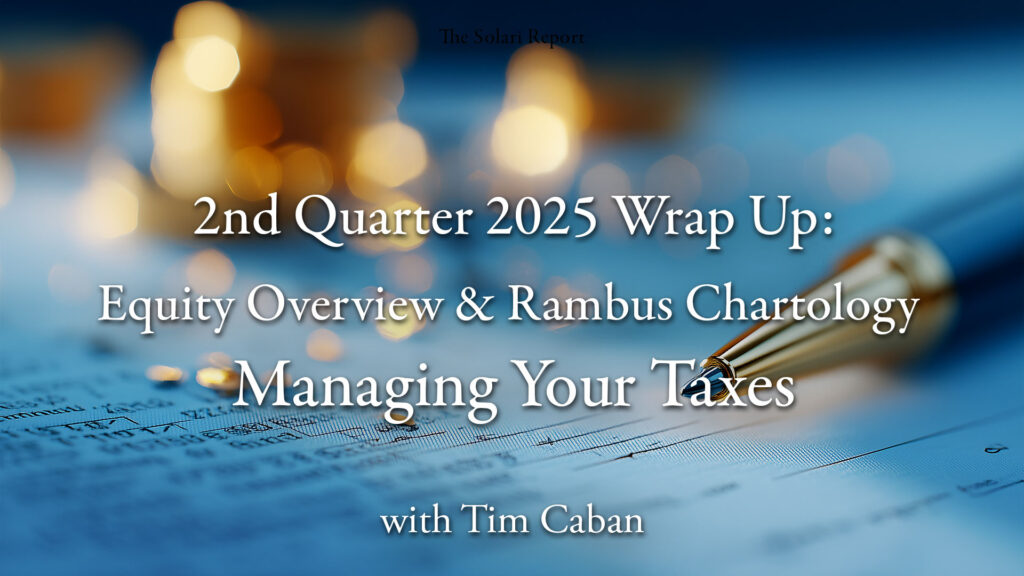

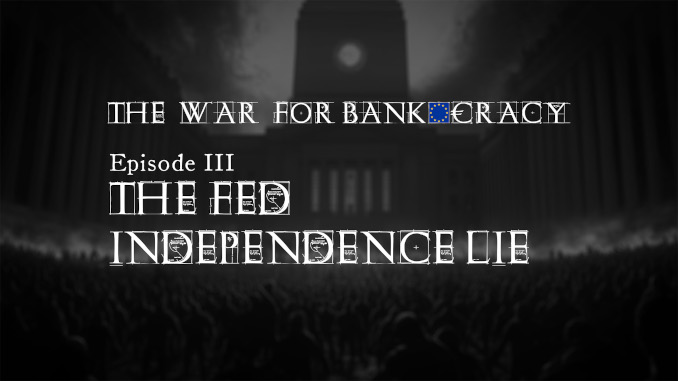
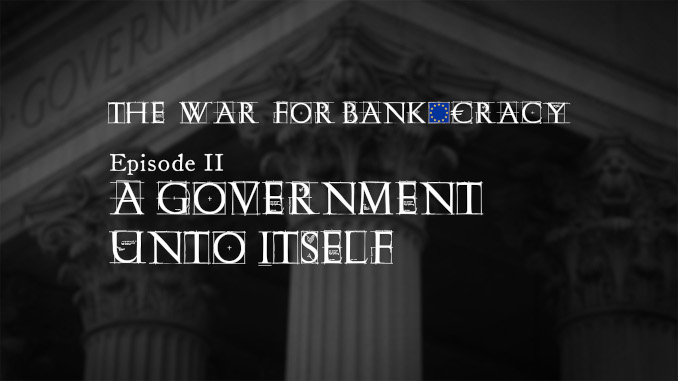


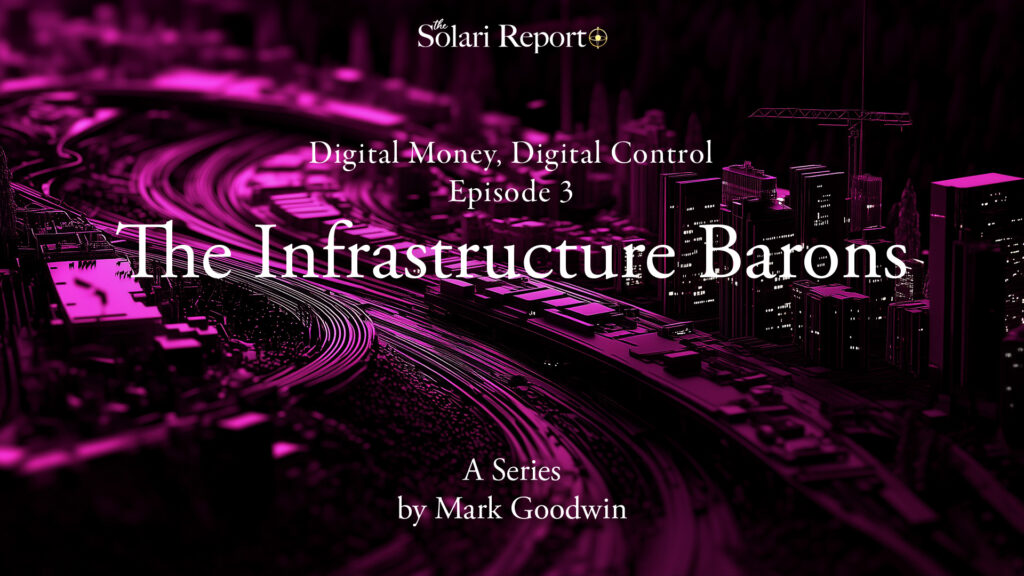
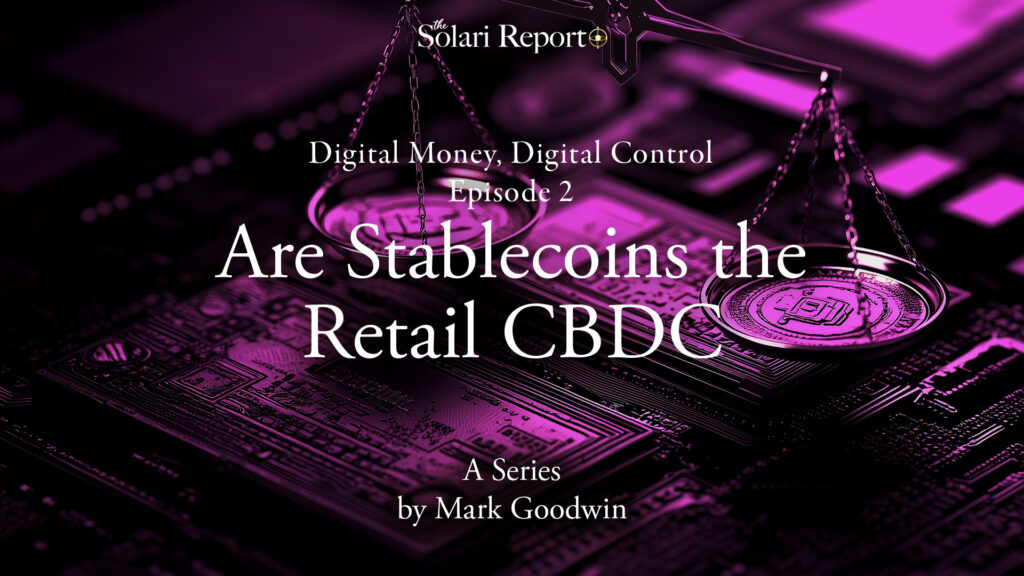
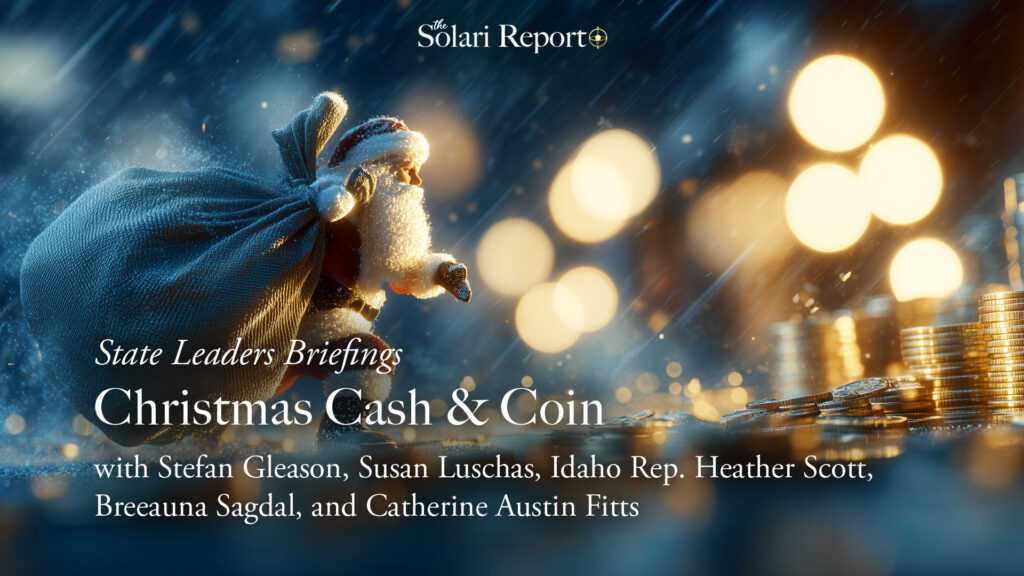
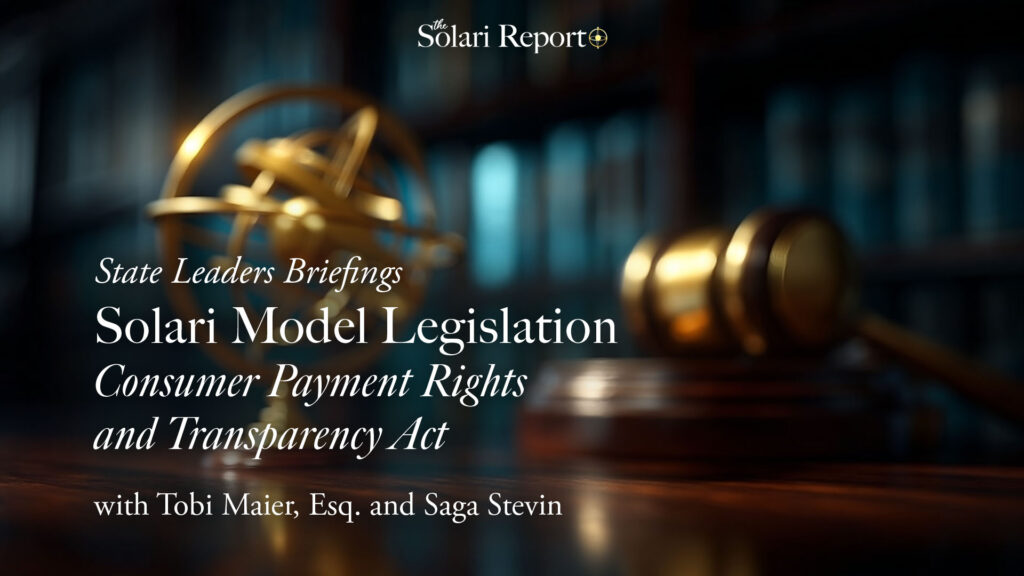
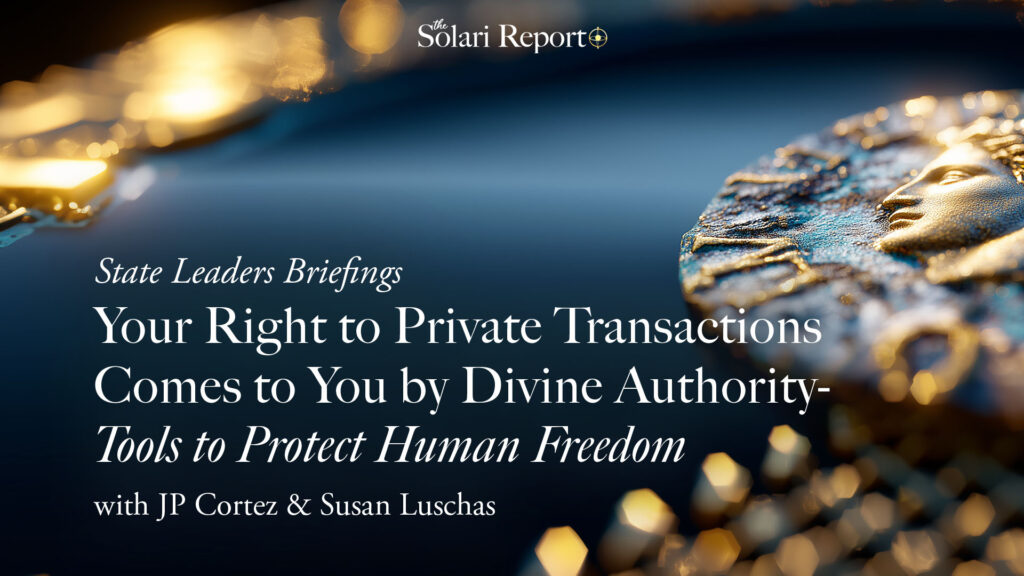
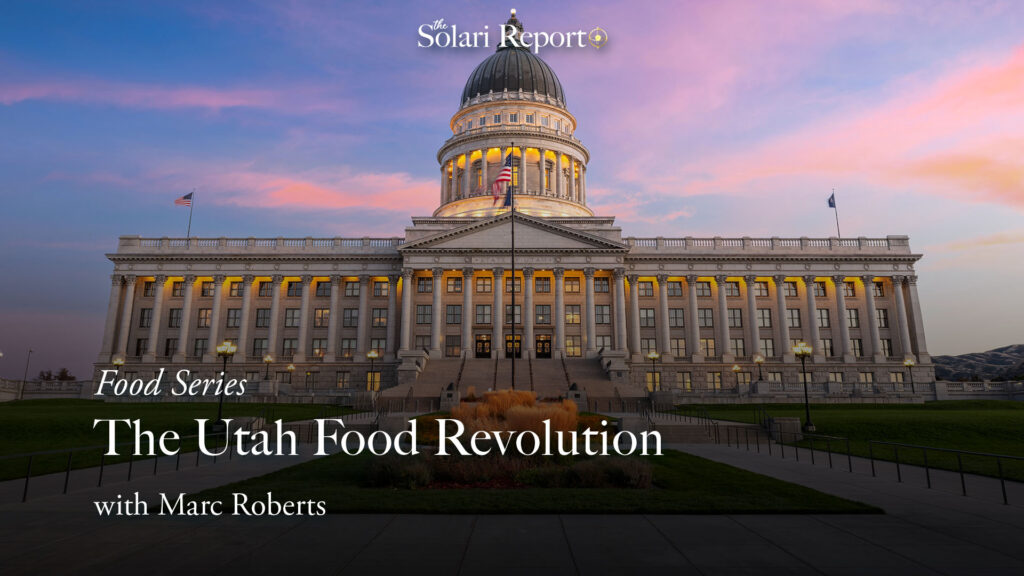












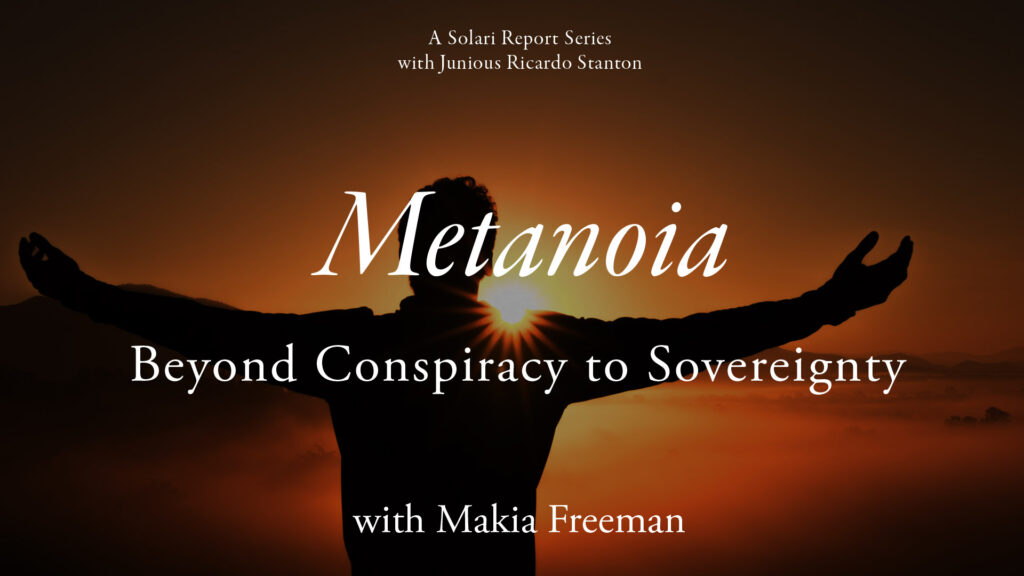









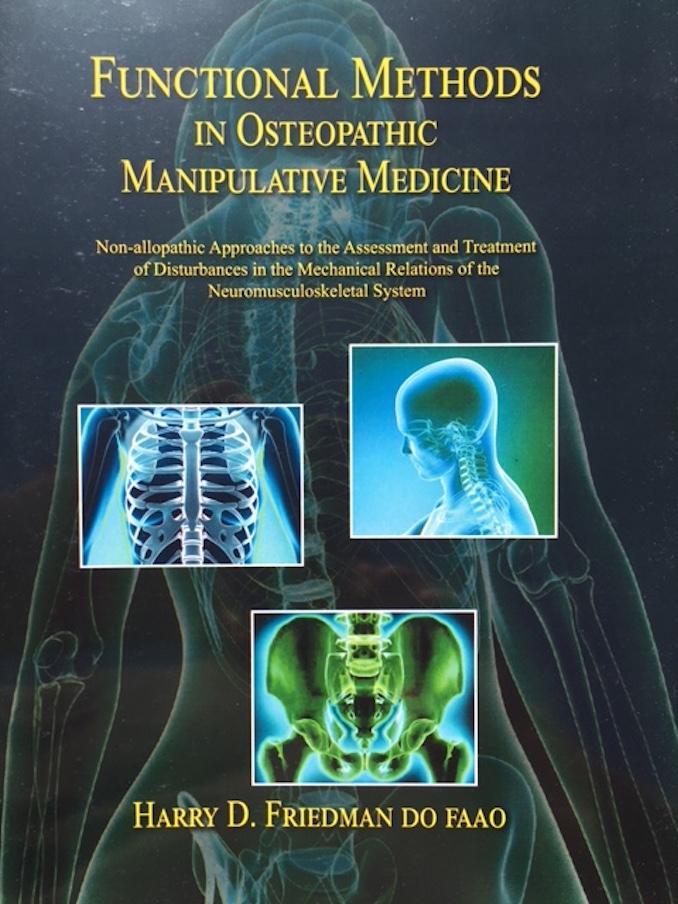












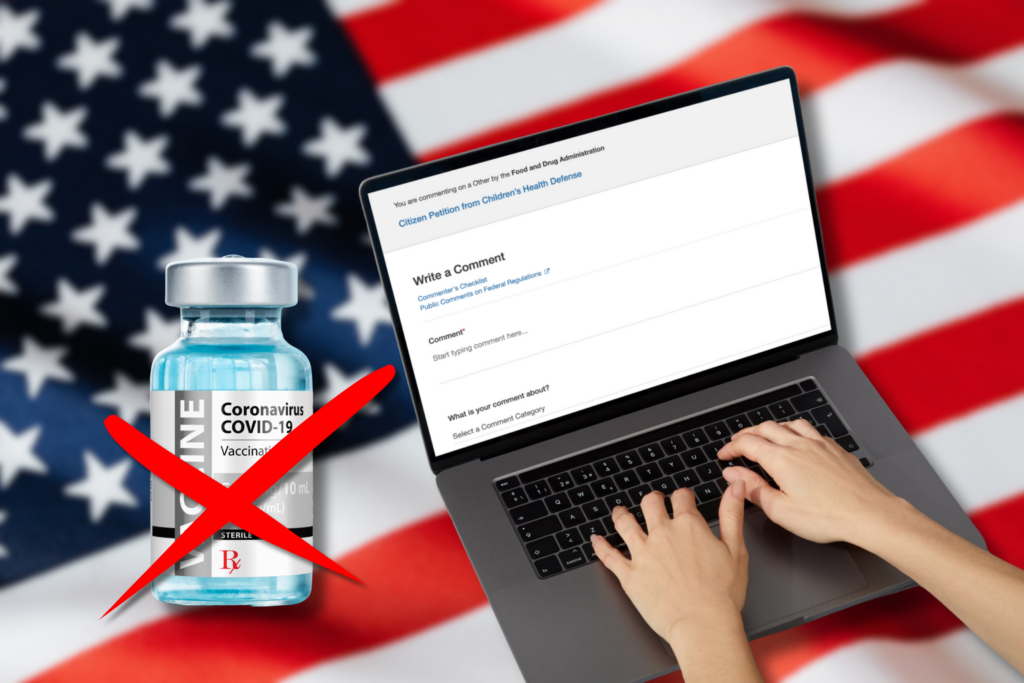







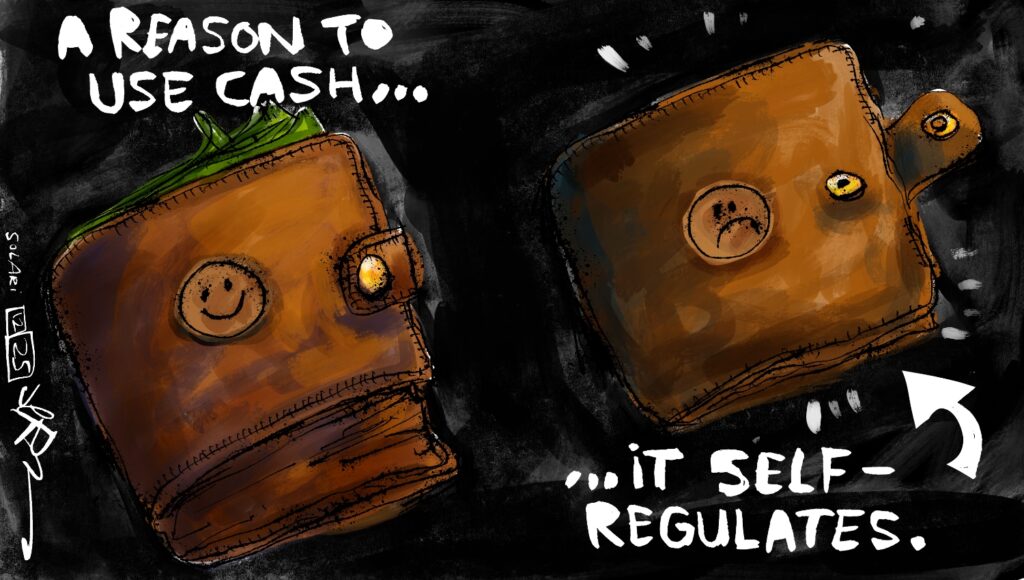
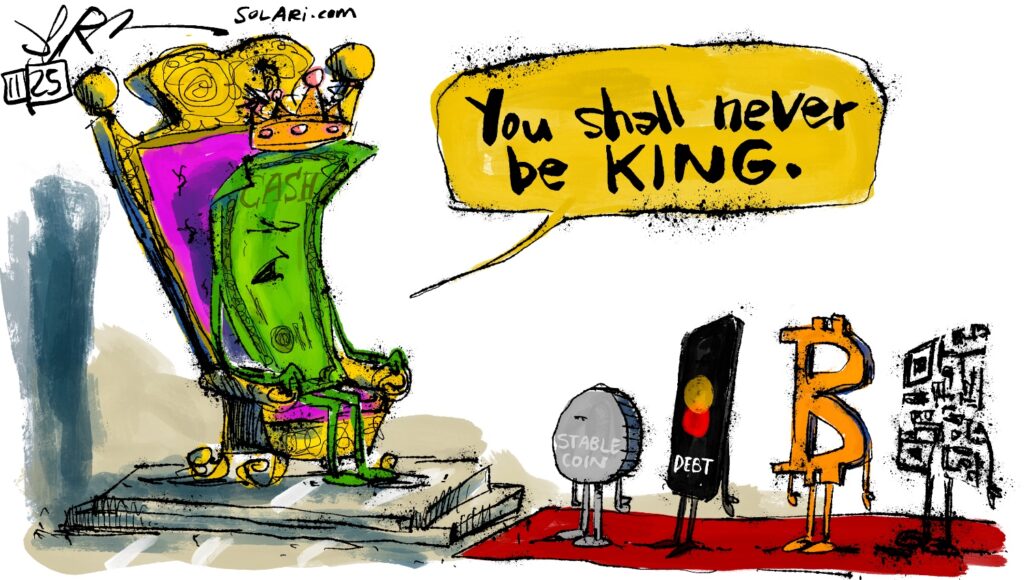
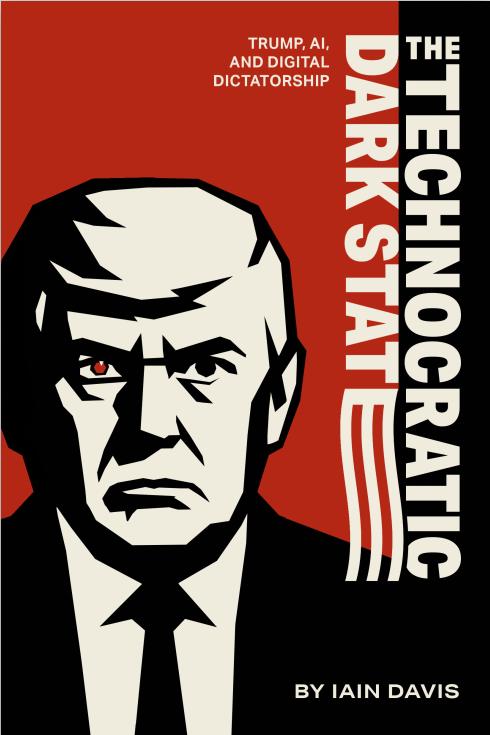
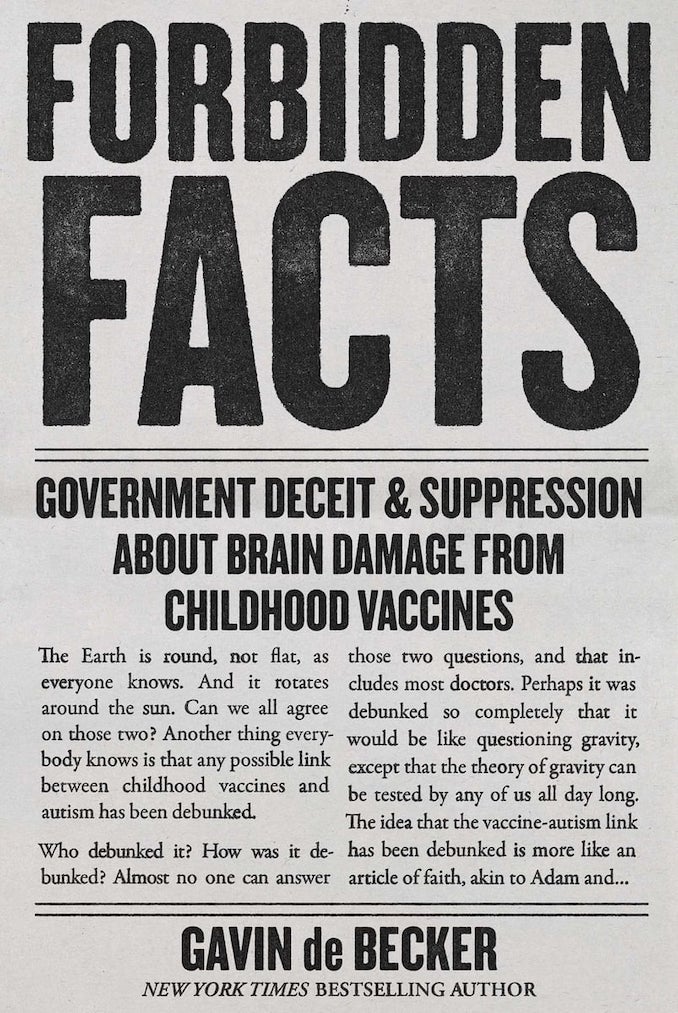















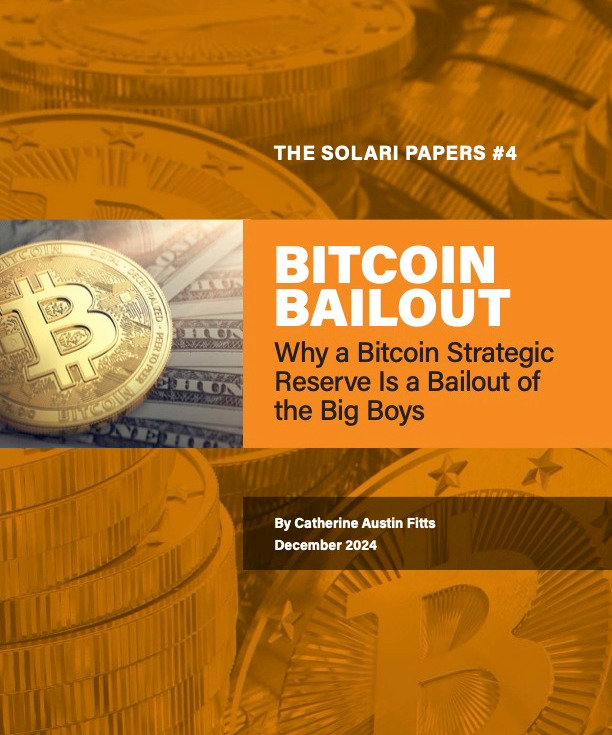
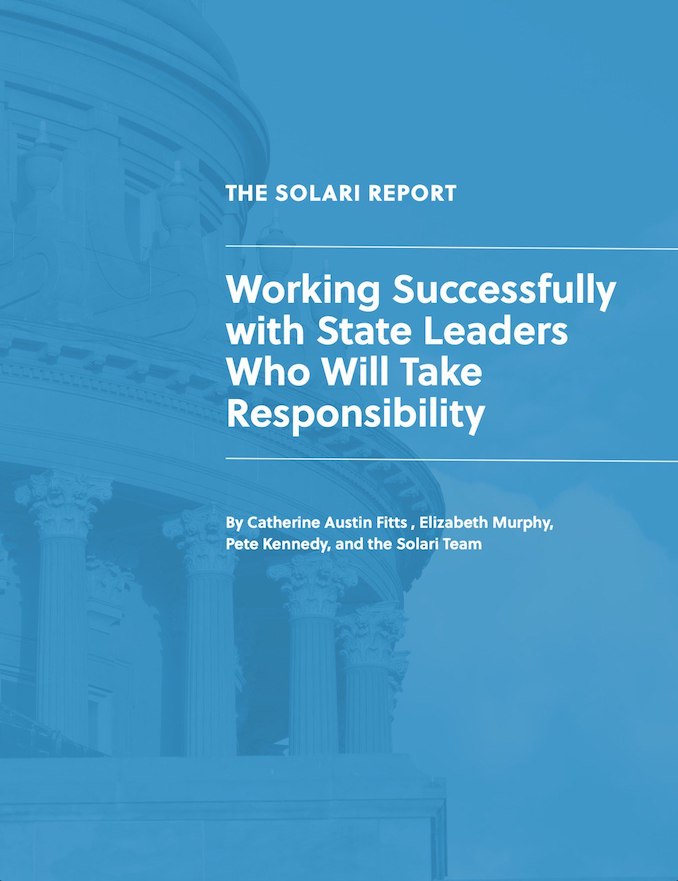

The reason the economy is in such a mess is because of the poor and greedy decisions to give mortgages to those who could not possibly meet their mortgage payments. Bailing out the people and institutions that caused this is NOT an option in my mind. Why can’t we help those who are in danger of loosing their homes? Rework these loans and make it possible for those people to keep their homes and continue to pay their mortgages. This way the banks and other lending institutions will continue to get the payments and the economy will survive. Start from the bottom up NOT the top down because trickle down economics has NEVER worked and this will not work either. I resent the fact that I have to foot the bill for this greedy blunder.
I am 62 years old, lost my job in January and cannot find one that pays me enough to live and save as before. I have watched my retirement money (IRA & Annuity) decrease since 9/11. I will never recoup my loses. I have always lived on a budget and am now forced to make that budget even tighter. I no longer have money to put into savings because I need every penny to live and pay my mortgage and taxes, which by the way I have always paid and on time. I do not live beyond my means and my credit rating is 825.
Now because of greed on the part of those who caused this crisis, I am being forced to foot the bill. I would love to refuse to pay any taxes until our leaders show they can manage money as well as I can. Congress better wake up and realize that it is the working American public that pay their salaries (which are way too high) and pay for the running of this country. Cut out all the fat in government, the kickbacks, the perks, the lavish lifestyles and start taking care of those who take care of the country. If they don’t there just might be another “tea party” and I for one will be there right in front.
I DO NOT SUPPORT THIS BILL OR THIS TYPE OF BAIL OUT AND I WILL NOT VOTE FOR ANYONE THAT DOES.
Who allows someone to buy several houses and sell them at a 30-40 tnousand dollar profit making them harder to afford? who determines property value? how did loans become so easy to get while a war is happenig? is this happenig due to the war? are poeple liad off thier jobs going to get help? why 700 billion when the tax paying population is 137.5 million?
Why did we become main st.(the people)?
WE THE PEOPLE (aka tax payer) DEMAND TO BE PROTECTED FROM THIS FINANCIAL BLAME WAR DUE TO GREED OR POOR DECISIONS MADE BY IT’S TO LATE TO CARE WHO.
where can i get a copy of all the additions added to the bail out bill.
editions = pork added to get a vote
The property prices were over inflated,the banks changed the interest rates on the sub-prime mortgages,(in part caused by the Federal Reserve).
It’s important to learn how the U.S economy works,and what really got us into this mess in the first place.
It started some 70 years ago.
While the majority of the Congress was out on Christmas holiday,Congress voted to create the Federal Reserve system(it had been introduced numerous times and was defeated).
What it allowed was for International bankers to create the Federal Reserve system,which basically the Treasury sent an amount that they wanted of USD to be printed by the Federal Reserve.
Each bill then automatically created a debt for the dollar.
What was and is unconstitutional is first only the United States has the authority to coin money,and fix the weight and measurements,and set the value thereof.
The Federal Reserve which is not a Federal agency,or department,sets the interest rates,and in doing so it is a form of taxation without representation.
This controls the United States economy and effects the value of the USD.
Printing the USD beyond the nations means of the national GDP,it flooded the world markets with USD notes.
Of course the more notes it creates deflation of the USD value,and inflates the cost of living.
Now heres the catcher when the Federal Reserve prints lets say 10 million in USD notes,the money is then sent to all of the Federal Reserve banks,in which then sends the money out to all the smaller branches of banks.
Now as an example lets say for simplicity sake there is 10 smaller banks that each received equal shares of the available monies,which would be 1 million a piece.
Now those 10 smaller banks can loan out 9x’s the amount in which they originally received from the Federal Reserve.
So the 10 million allowed 90 million in loans at each of the 10 banks to various borrowers,thus the market kept getting flooded with credit,and the national debt kept increasing,now the Federal government doesn’t have enough revenue to pay the interest on the fictional loans.
It’s important to know how the system was intended and how it went terribly wrong.
At first when the government recalled all Gold and silver it was intended to be used by the United States to pay off the interest to the Federal Reserve,eventually the United Staes ran out of significant amounts of gold and silver to pay the interest so they devised a new plan that would allow further debt and pass the debt on to the United States citizan.
Notice that the Social Security act was introduced by the same people that introduced the Federal Reserve system.
They had to come up with a way to have the borrowed money interest to be repaid.
So they created the I.R.S and the personal income tax(notice that the I.R.S is not a department or agency but a service,in which the home office is off shore).
When a person is born the original copy of the childs birth certificate is sent to the Office of Vital statistics,they then print up a corrupted version of the childs birth certificate in the childs name in which is all capitalised,this is for the purpose of creating a corporation in the childs name.
In other words the corrupted name of the child is capitalised so that a corporate entity could be created,in which then the U.S Treasury issues securities in the form of bonds in the childs name.
This amount may be 1 million USD or more,the Treasury then sends authorization to the Federal Reserve to print that x amount of USD.
The bonds are estimates of how much money the child will make in their lifetime.
So the national GDP backs the bonds.
This is the very reason why many of the founding fathers did not look highly of Lawyers or Bankers.
Jefferson,Adams,and many others.
The Banks that loaned the money loaned 9x the amount that they had available to loan.
(which was at no risk to the Federal Reserve,they never actually invested a single penny other than the original 440 million used the create the Federal Reserve,which also may be purchased back by the Congress at any time,if purchased back the interest could be applied back to the national debt of the United States which the interest runs over 450 billion a year,instead they pump another 850 Billion + interest USD into the banking system that created this whole problem).
Deregulation allowed the Banks to offer insurance on the mortages,when the people walked away the mortgages were more than the house was worth the banks didn’t have the money to pay the debt or the insurance they borrowed from themselves.
So the bottom line is that Banks regulated the price of the properties at a higher inflated prices to charge more than it was worth to start,then they increased the interest rates while they had continued to loan out vast amounts of money to builders in which also flooded the housing market with more houses than what was in demand,this caused the prices of the properties to be worth less than what the mortgages were still owed.
When the Federal Reserve increased the interest rates it caused the debt to the borrower to become so inflated as the new interest amounts were becoming due upon being billed,so the payments went sky rocketing,and people were then unable to pay their mortages.
Had there not been manipulation going on in he United States economics this wouldn’t have happened.
First off when the Federal Reserve started dropping the interest rate it set up the United States economy for a failure.
They dropped the rates so far that made it enticing to people whom in most instances have never made a transaction and most likely didn’t even have anyone to over view the legality of the closing.
In other words they most likely weren’t aware what they were really signing.
So yes the primary problem was created by #1 the Federal Reserve(probably knowingly),secondly by the Banksters(loaning more than they had in deposits)and thirdly Deregulation(allowing the Banks to enter the Insurance sector)ever since they entered the insurance area the cost of Insurance has increased,as well as healthcare,because increased Insurance equals increased health costs.
I also wanted to reply to the comment made by Toni Ingram,of their reduced retirement due to a lower paying job etc.
This is also an indicator that this whole economic crises was created by International Bankers,because it were those that contributed to the candidates election.
And the same group that have signed all of these trade agreements such as NAFTA,and quite a number of other ones,and currently there is a bill for allowing a trade down in Columbia.
It’s interesting to nnote that the Rockefeller foundation supports many Latin American countries.
David himself being educated in Socialism.
This is to pull the United States into a North American union.
It’s all connected,as sending jobs outside the United States,even going as far as to out sourcing creating a new venue of destroying American jobs,is merely a means to cause an economic collapse of the United States government,which then makes it easier for them to force the North American union and the Amero down the peoples throats.
Eventually this leads to socialism in which the elite has power over the masses of the worlds population,that’s the purpose of globalizing the world market place.
The elite holds no loyalty or sovereignty to any country,as they control the worlds governments by controling its economics.
By creating a dependency of the nations to every other country they control how the country operates.
Notice how in the late 1980’s and early 1990’s when there were thousands of United States farmers going under,there wasn’t a significant rattle in the Congress to bailout the nations food providers one bit.
There was three primary reasons not to interfer.
#1.Allowing the farms to fail made sure that the food commodity prices were inflated supply and demand.
#2.Allowed a foreign dependency of grains and imports.
#3.Lower the United States GDP(Gross Domestic Product)to further the national debt.
This election I’m voting for Chuck Baldwin and Darrel Castle,they even got Ron Paul’s support as he stated he wasn’t running and asked everyone not to write him in on the ballot citing doing so was unconstitutional.
vote your conscience this time everyone,the two major parties sent a clear message to the vast majority of the American people that they no longer represent the people but the elite.
84% of the American people were against the 700 billion bailout,the revised version boosted the amount even further to 850 billion,including subsidies for wool a product in which is no longer in demand because of the synthetic fiber industry has already replaced the wool products,this is nothing but waste.
i would like to start by saying that we all know that government is full of crooks. i also say no bail out. but what about personal responsibility dont borrow what you cant afford to pay back and dont loan what you cant afford to lose. protest all you want it wont do any good. as for another tea party thats great but who can afford to miss work. as for not paying taxes, i am all for it, but they arent going to bail me out are they, next election i think ill run for office. as for obama supporters if you cant see through him you dont deserve a good president but dont ruin it for the rest of it. vote for your gun rights and hope it doesnt get to bad to fast.if anyone knows where you can read the bill in full please post a comment.
Thanks for sharing. That was EXACTLY what I had in mind.